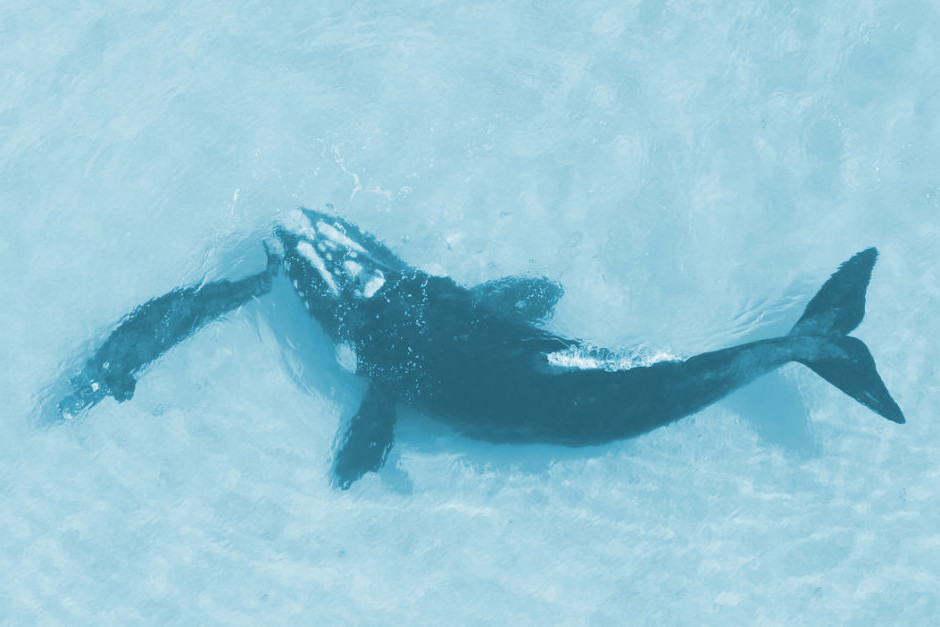Whale data taken from tourist
 Researchers from the ANU have captured some of the first-ever recorded evidence of blue whale reproduction.
Researchers from the ANU have captured some of the first-ever recorded evidence of blue whale reproduction.
Experts were able to obtain underwater footage of a mother nursing its calf as part of a decade-long research and citizen science program.
The footage of a nursing mother and calf - an invaluable demonstration of the rarely-seen behaviour - was taken by a tourist.
The blue whales were observed off the coast of Timor-Leste during the annual monitoring of the Austral-Indonesian population of pygmy blue whales.
These whales undertake an impressive migration, travelling over 5,000 kilometres between southern Australia and the Banda Sea near eastern Indonesia, passing through Timor-Leste.
Associate Professor Karen Edyvane, the program leader and a marine ecologist at ANU, has been conducting research in Timor-Leste since 2006.
“Our decade-long project has documented some of the lesser-known intimate reproductive behaviours of blue whales, some for the very first time. It’s very exciting,” she says.
The research, presented to the Scientific Committee of the International Whaling Commission (IWC) in April, is based on extensive observations, surveys, and monitoring datasets collected over more than a decade.
In 2008, surveys by Australian scientists, including Edyvane, identified Timor-Leste's waters as a global cetacean hotspot and a significant migration corridor for whales and dolphins.
“Timor-Leste’s deep, nearshore waters, particularly in the narrow Ombai-Wetar Strait along the north coast of the country, provide one of the most accessible and best locations for blue whale research in the world,” Edyvane said.
Since 2014, over 2,700 blue whales have been sighted in these waters, an extraordinary number on a global scale.
Dr Elanor Bell, a researcher at the Australian Antarctic Division and an Australian government representative within the IWC’s Scientific Committee, has welcomed the findings.
“This evidence suggests that these waters are not only important foraging areas for blue whales but also are critical for reproduction. Until now, it has been a mystery when, where, and how blue whales reproduce,” Bell says.
The success of the Timor-Leste blue whale monitoring program, known locally as Baleia no Golfinhu iha Timor-Leste, is attributed to its robust citizen science program and partnerships.
“The program has really developed and grown into a major collaboration between researchers, whale tour operators and tourists, student volunteers and local fishermen,” says Jose Quintas, National Director for Environment and Research at the Timor-Leste government’s Ministry of Tourism
“We really need to use this valuable new information to ensure we fully protect and conserve these animals when they pass through Timor-Leste’s waters and beyond. For this, we urgently need cooperation and support from Australia and the wider international community.”








 Print
Print